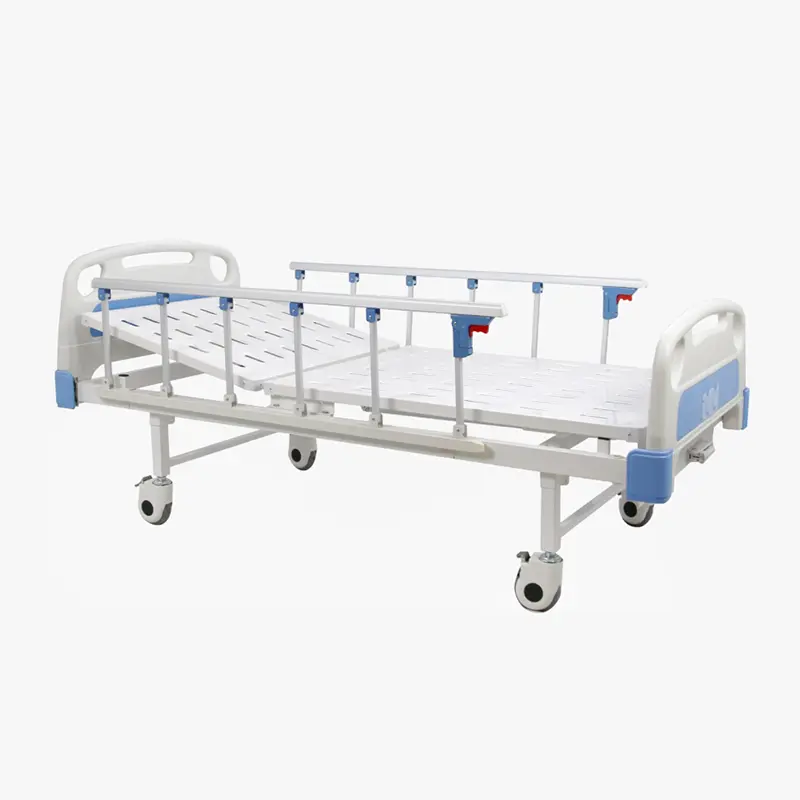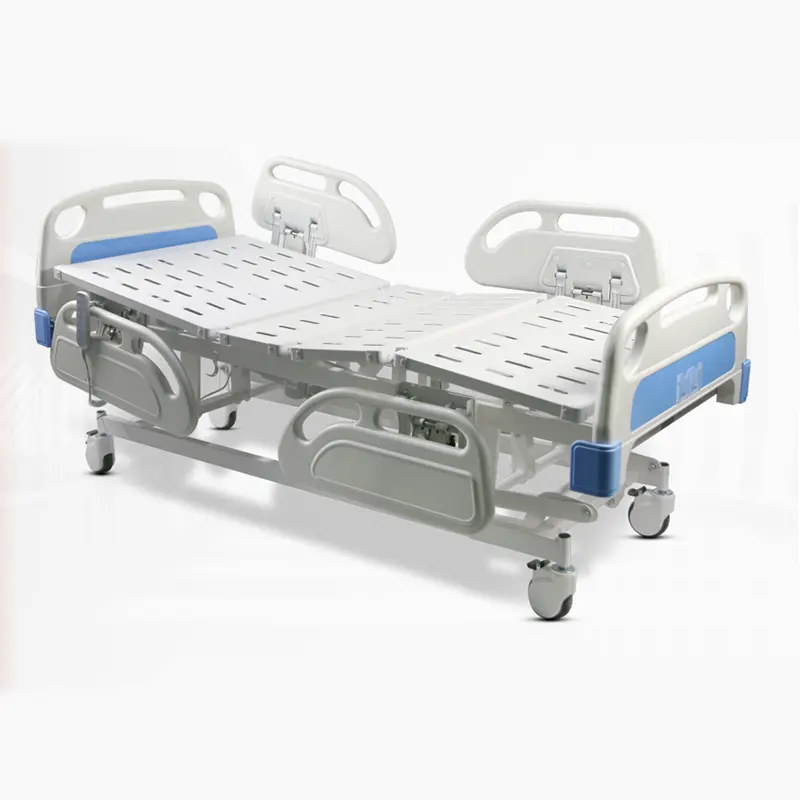When it comes to beds, most people are familiar with the comfort and coziness of their home beds. However, hospital beds serve a different purpose and are designed with specific features to cater to the needs of patients and healthcare providers. Understanding the key differences between hospital beds and home beds is essential for anyone who may require medical care or is considering purchasing a bed for a loved one with specific health needs.
One of the most notable differences between hospital beds and home beds is adjustability. Hospital beds are equipped with electronic controls that allow patients to adjust the bed’s position, including the head, foot, and overall height. This feature is crucial for patients who need to maintain a specific posture for medical reasons, such as those recovering from surgery, dealing with respiratory issues, or managing chronic pain. Home beds, on the other hand, are typically not adjustable, although some modern designs may include limited adjustability options.
Another significant difference lies in the mattress and bedding. Hospital beds use specialized mattresses designed to prevent pressure ulcers and promote proper body alignment. These mattresses are often made of high-density foam or alternating pressure pads to reduce the risk of bedsores and improve circulation. Hospital bedding is also designed for easy cleaning and sanitation to minimize the spread of infections. In contrast, home beds usually feature softer, more comfortable mattresses and bedding that prioritize relaxation and personal preference over medical necessity.
Hospital beds are also equipped with safety features that are not typically found on home beds. These features include side rails that prevent patients from falling out of bed, as well as locking wheels that allow the bed to be easily moved and secured in place. Some hospital beds even have built-in scales to monitor a patient’s weight without the need for transfer. These safety features are essential for patients with limited mobility or cognitive impairments who may be at risk of injury.
In terms of size, hospital beds are generally narrower and longer than home beds. This design allows for easier access to patients by healthcare providers and accommodates a wider range of patient heights. Hospital beds also have a higher weight capacity to support patients of various sizes and the additional weight of medical equipment. Home beds, in comparison, come in a variety of sizes to suit personal preferences and room dimensions.
Finally, the aesthetic appearance of hospital beds and home beds differs significantly. Hospital beds are designed with functionality in mind and often have a clinical, utilitarian appearance. They are typically made of metal frames and may include features like IV poles and trapeze bars. Home beds, on the other hand, are designed to be visually appealing and complement the style of a bedroom. They are available in a wide range of materials, colors, and designs to suit individual tastes and décor preferences.
In conclusion, while both hospital beds and home beds serve the purpose of providing a place to sleep, they are designed with different priorities in mind. Hospital beds prioritize patient care, safety, and medical functionality, while home beds focus on comfort, relaxation, and personal style. Understanding these key differences can help individuals make informed decisions when selecting a bed for themselves or a loved one with specific health needs.
Post time: Mar-19-2024







